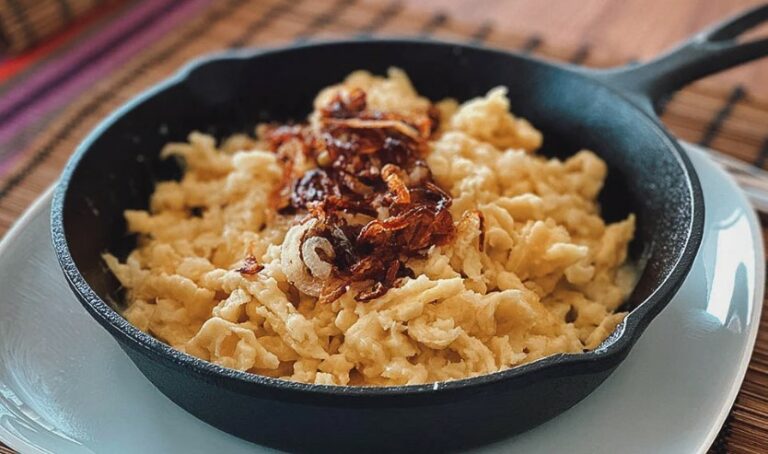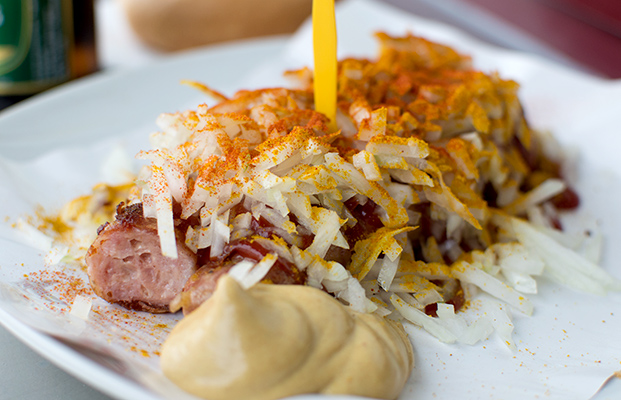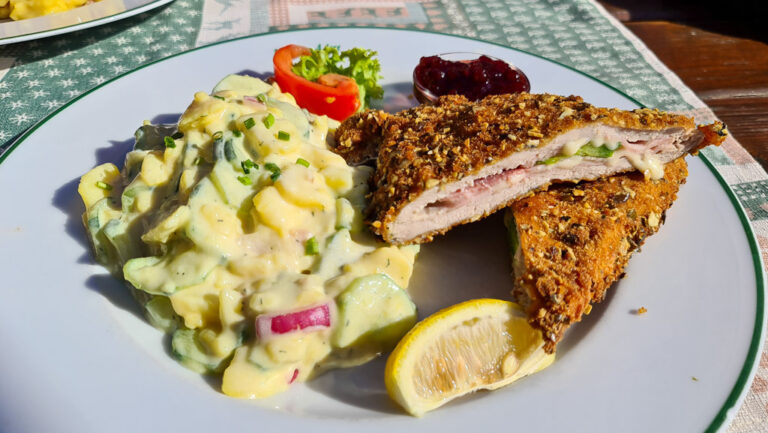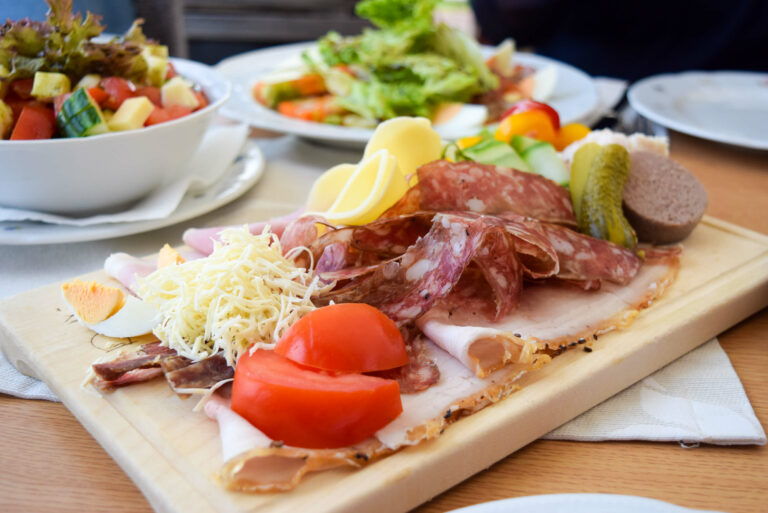Introduction: Austrian Cuisine
Austria’s cuisine is a fusion of various cultures, including German, Hungarian, and Bohemian. The country is known for its hearty and rich dishes, which are primarily made using meat, potatoes, and dairy products. Austrian cuisine has gained a lot of popularity in recent years, and food enthusiasts from all over the world are eager to try out traditional Austrian dishes.
Wiener Schnitzel: The International Favorite
Wiener Schnitzel is probably the most famous Austrian dish internationally. Made using thin slices of veal, which are coated in breadcrumbs and then fried until crispy, Wiener Schnitzel is served with fresh lemon wedges and potato salad. This dish has become so popular that even outside of Austria, menus feature it as a must-try dish.
Tafelspitz: Austria’s National Dish
Tafelspitz is considered Austria’s national dish. It is made using boiled beef, which is served with a variety of vegetables, such as potatoes, carrots, and spinach. The broth is then served as a soup alongside the dish. Tafelspitz is a favorite among locals and tourists alike, and it is a must-try dish for anyone visiting Austria.
Sachertorte: A World-Famous Dessert
Sachertorte is a world-famous dessert that was invented in Vienna in 1832 by Franz Sacher. This layered chocolate cake is filled with apricot jam and coated with dark chocolate ganache. It is a beloved dessert in Austria and has become a favorite all over the world, with many cafes and bakeries offering their own versions of this delicious cake.
Strudel: Sweet and Savory Varieties
Strudel is a pastry that can be sweet or savory. The sweet version is typically filled with apples or cherries, while the savory version is filled with cheese or spinach. Strudel is a staple of Austrian cuisine, and it is often served as a dessert or a snack.
Kasnocken: A Hearty Cheese Delight
Kasnocken is a traditional Austrian dish that consists of small dumplings made with flour, eggs, and grated cheese. The dumplings are then boiled in a broth and served with caramelized onions. This dish is a hearty and delicious comfort food that is popular among locals and tourists alike.
Apfelstrudel: A Classic Apple Dessert
Apfelstrudel is a classic Austrian dessert that is famous all over the world. This pastry is filled with sliced apples, cinnamon, and sugar, and then wrapped in thin layers of pastry dough. It is typically served with vanilla ice cream or whipped cream and is a must-try dish for anyone visiting Austria.
Conclusion: Austrian Cuisine on the Rise
Austrian cuisine has gained a lot of popularity in recent years, and it’s not hard to see why. With its hearty and delicious dishes, traditional Austrian cuisine has something for everyone. From the world-famous Wiener Schnitzel to the classic Apfelstrudel, Austrian dishes have become a favorite among food enthusiasts all over the world.

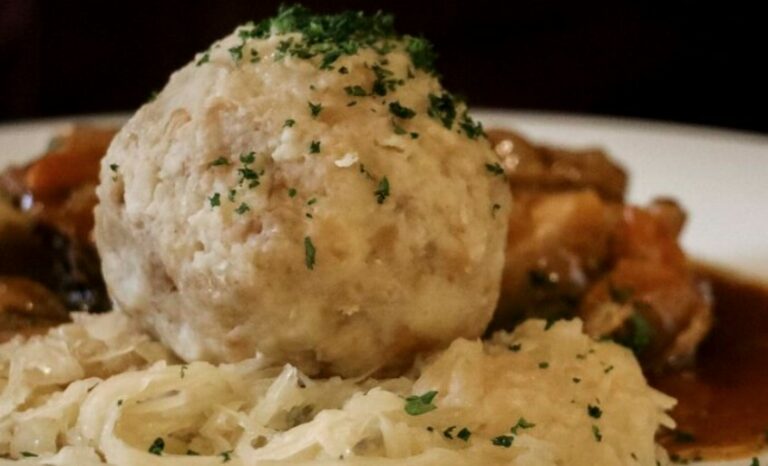

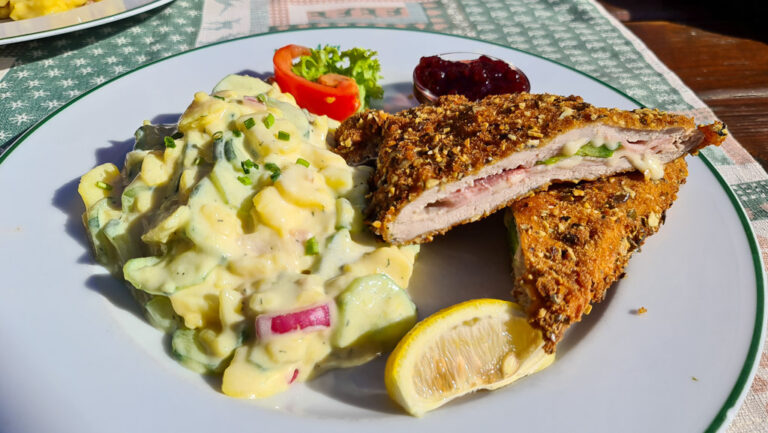
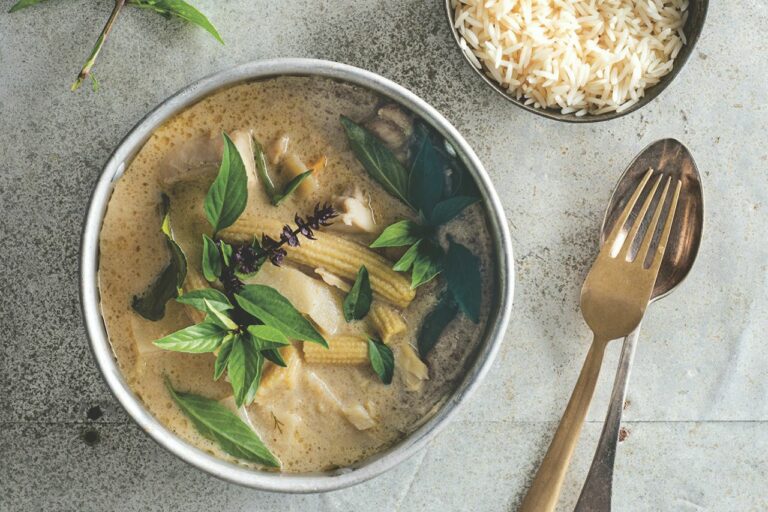
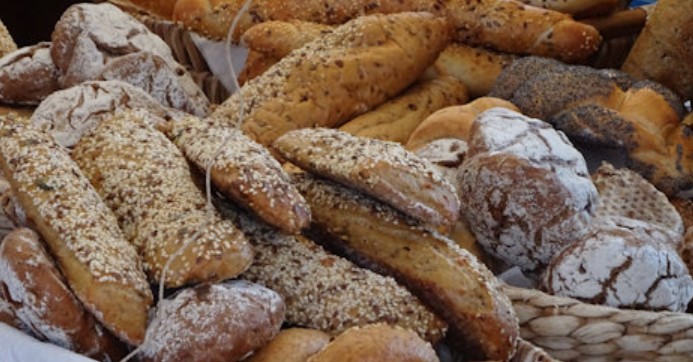
![Can you recommend some Austrian restaurants in [city]?](https://foodnerdy.com/blog/wp-content/uploads/2023/05/9-9-768x466.jpg)
